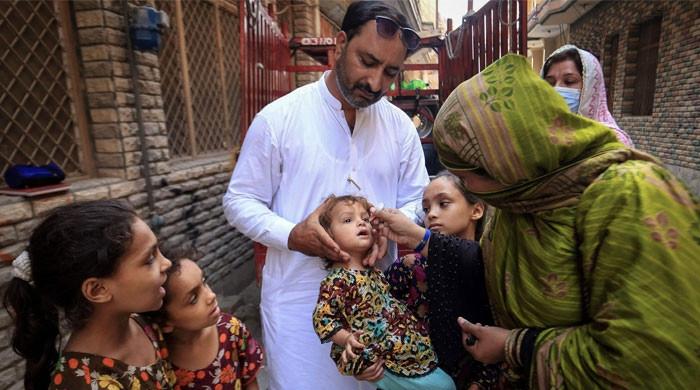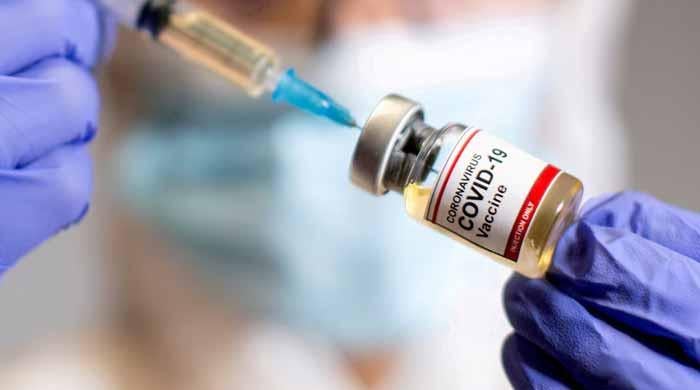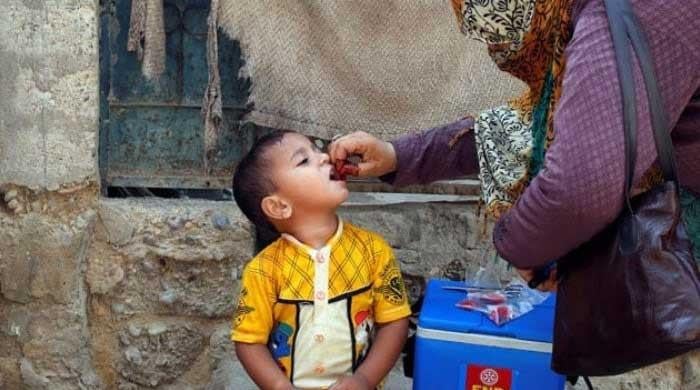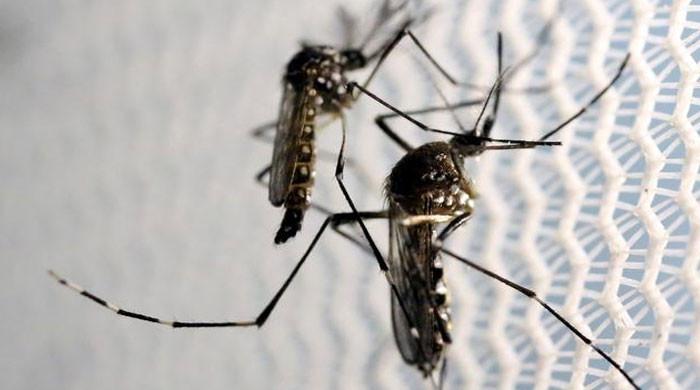Health scare as leprosy cases on the rise in central Florida: CDC
Florida accounts for a staggering 81% of reported cases in Florida and nearly one-fifth of cases reported nationwide
August 01, 2023

Central Florida is experiencing a surge in leprosy cases, also known as Hansen's disease, according to a recent news release from the Centers for Disease Control and Prevention (CDC).
The region has accounted for a staggering 81 percent of reported cases in Florida and nearly one-fifth of cases reported nationwide.
Historically, leprosy has been rare in the United States, with a decline in documented cases from the 1980s through 2000. However, the incidence has been gradually increasing since then, with more than double the reported cases in the southeastern states over the past decade.
Health authorities are puzzled as some cases in Central Florida show no clear evidence of traditional risk factors. They have even reported a case of leprosy in a male resident without known transmission routes.
Leprosy is a chronic infectious disease primarily affecting the skin and peripheral nervous system, spreading through extended close contact with untreated patients.
The symptoms of leprosy include discolored skin patches, thick and dry skin, skin growths, loss of eyebrows and eyelashes, muscle weakness or paralysis, and enlarged nerves. If left untreated, serious complications can arise, such as blindness, foot ulcers, and paralysis of hands and feet.
According to the World Health Organization, more than 200,000 leprosy cases are reported annually across over 120 countries. The CDC said that around 150 people in the United States get infected with the disease each year.
Florida stands among the top states with the most new leprosy cases, as revealed by the CDC's research letter.
Dr Nicole Iovine, the chief hospital epidemiologist and infectious disease physician at the University of Florida, emphasised that leprosy is not just an ancient problem, as it could now be endemic in Central Florida, meaning it is circulating and present at all times, albeit at a low level.
In 2020, Florida, along with California, Louisiana, Hawaii, New York, and Texas, reported the highest number of new leprosy cases. Brevard County, Florida, has seen the most new cases since 2011 and accounted for over 12% of all new leprosy cases in the United States in 2020.
Dr Iovine explained that leprosy can present in two main ways: pigmented lesions on the skin that can be scaly or nodular lesions that can lead to disfigurement. Leprosy is distinctive as it causes a loss of feeling in the affected area.
While armadillos are usually to blame for leprosy transmission, human-to-human transmission is also possible, though rare in the US Contact with infected armadillos or inhaling aerosolised particles from them are common transmission routes.
Leprosy can be treated effectively with antibiotics. Early diagnosis and prompt treatment are crucial to prevent severe complications and control the spread of the disease.
Health officials are urging residents in Central Florida to be aware of the symptoms and seek medical attention if they suspect they might have contracted leprosy.









